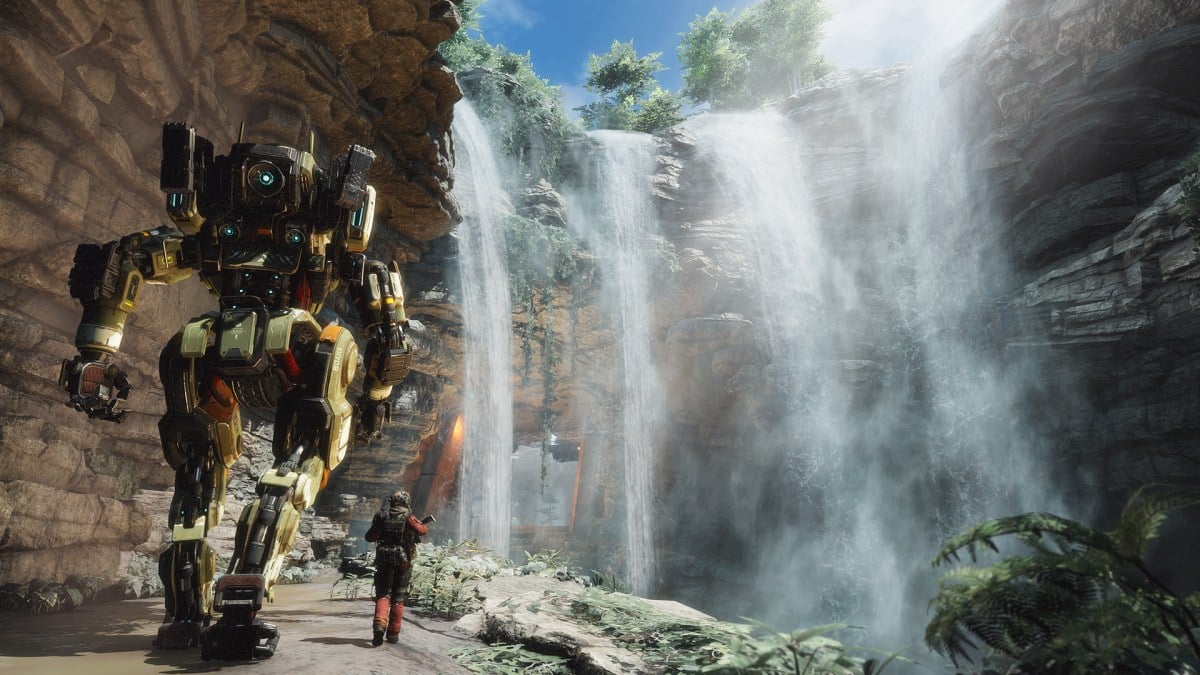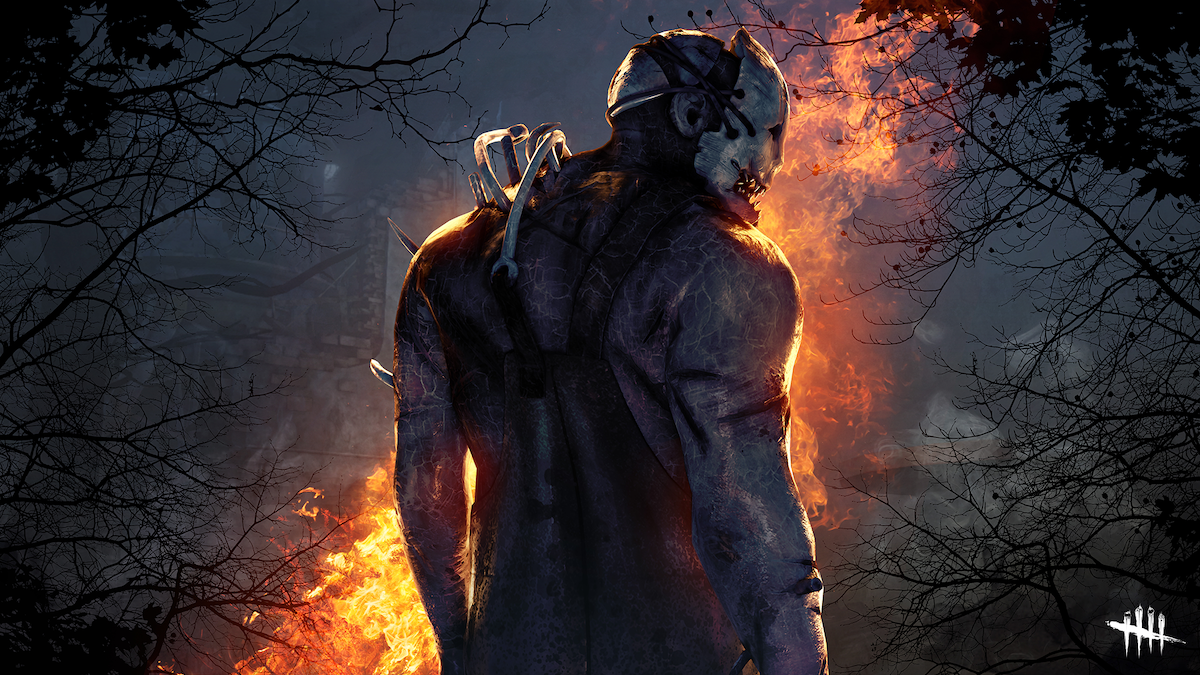Sometimes wrong becomes the new right.
In 2009, a group of Japanese Mario 64 players invented a new way to play their favorite game. They called it Super Mario Stalker and they streamed it live for the whole world to see.
Instead of going the usual route and working hard to get as many 1-ups as possible, Stalker players activated a 1-up and then ran like hell with the floating mushroom in tireless pursuit. It turned the game upside down.
In Mario 64, the player is normally the hunter. His prey includes stars and lives and almost everything else in the world.
In this new game, players made themselves the prey. If a player could collect all the red coins before the 1-up touched them, they won. That’s not as easy as it sounds. The game makes it easy for the 1-up to find you, because the thing is supposed to be a reward. But that also means it will chase you forever.
The 1-up can sneak up so quickly that you shriek in terror, like the Japanese player in the video above. When the game congratulates you for earning a 1-up, you’ve failed.
And it was glorious.
Video game designers spend an enormous amount of time carefully crafting their masterpieces to play just so. But some players are just as determined to break that design and make something new. Many of the biggest games in the world have been transformed into something their designers never would have dreamed of.
Luckily, mistakes can make games great.
The race through Quake
Let’s start simple. Quake is a fast-paced shooter. So a player who can move faster than the designers intended can more easily control the map by taking superior positioning for himself, thus earning better items and shots.
“Strafe jumping” is the act of carefully jumping forward and to the side at once—back and forth, side to side, over and over again. Using this technique, you immediately double your speed and then continuously increase it going forward. It’s a bit of an art, a somewhat difficult but essential skill.
Strafe jumping makes the game faster, provides extra challenges, and raises the all-important skill-ceiling. The bug creates an imbalance between those who know and those who don’t, those who have mastered the jump and those who haven’t. That adds depth to the game, increasing its longevity.
The technique has become standard and required play for Quake competitors.The Quake series would look fundamentally different—and unhappily slower—were it not for this simple trick. And it all began as a bug.
Perfect is boring
According to some game designers, imbalance is a dirty word. In truth, if used well, imbalance is what occurs when you raise the skill ceiling. A high skill ceiling offers the opportunity for a player to become great. A great player makes a great game.
Online, kids were flying through Quake. In arcades they were bludgeoning their way through Street Fighter II. And just like its gun-toting cousin, Street Fighter’s designers left a mistake in the code that created one of the greatest competitive video games of all time. The glitch? Combos.
This official bug let you hit two punches as part of the same move. Your opponent has no chance to hit back.
It took a skilled, well-practiced player like Tomo Ohira—the greatest fighting game player of the era—to discover and execute combos. But as Tomo beat everyone he played, combos spread and became a required feature in virtually all fighting games.
The stronger, the better
When it comes to balancing a game, designers are often faced with a simple choice: Nerf or buff? If one thing is overpowered, do you weaken it or do you make something else even stronger?
One school of thought says the best way to improve a game is to always add power. The more powerful options a player has, the better the game will be. When design mistakes add power, they become features and required learning.
In 1998’s Starsiege: Tribes (better known as simply Tribes), players quickly found bugs in the game’s physics. When a player tapped the jump button at the right time while falling down a hill, their momentum increased rapidly to the point of “skiing” at high speeds across the entire world.
Players flew faster and further than in any other game. All of a sudden, Tribes was a lightning fast eSport. What started as an exploit became the franchise’s single most distinctive feature.
Outside the designer’s vision
Counter-Strike, the most popular online game in the world in 2000, had its game-making glitches as well. Bunny hopping was the act of jumping side-to-side just so that speed kept increasing until you were sprinting faster than any other player on the map. It was almost as if you were running a few inches above the ground.
Quick switching, the act of scrolling through weapons, eliminated the short time needed to reload big guns. In a competitive match, even just a couple of seconds can make all the difference.
However, as fun as it is to glide at high speeds, these are ultimately minor steps outside of a designer’s vision. Instead of skillfully exploiting mistakes in hopes of winning, what if a player burned the rules and changed the game completely?
At its heart, Counter-Strike was a simple and well-balanced game pitting terrorists against counter-terrorists. So what if you tossed all that out? You take the weapons away from the terrorists and give all the power to the counter-terrorists. In fact, put the terrorists in jail cells and give the keys to the counter-terrorists. Now you’ve got a game of prisoners and guards that pushes imbalance to the forefront.
The game, designed by a few brilliantly mad Counter-Strike players, is called Jailbreak. It opens when the elected leader of the guards, the warden, issues orders to the prisoners. Prisoners have to do exactly what they’re told or they’ll be shot and killed.
Guards make the prisoners dance, perform feats of strength, or answer trivia. It can get extremely bizarre and just as fun. If prisoners see an opening, they can try to escape. If not, it’s back in the slammer. The entire game is dependent on the creativity of the players. It’s still popular to this day.
“One of the best things about games is their potential for emergent gameplay, the ability for people to discover new ways to play the game that weren’t intentional,” wrote Adnan Agha at Kill Screen. “These bits of gameplay are a new type of play, unanticipated by the designer, yet beautifully creative.”
Anyone can break the rules
Mutalisks, the fast flying units of the Zerg race in StarCraft, can be stacked on top of one another by a skilled player so that dozens of organisms can move as one single being. The designers at Blizzard did not see that coming. It took seven years before JulyZerg, a South Korean StarCraft champion, discovered the glitch and used it to become the greatest player in the world.
Even in the early days of StarCraft, great players discovered unintended tricks like Drone drills, Tank dropping, manner Pylons, gas steals, worker cloning, self-irradiate, and walling. None of these essential plays were designed. They were all discovered and led to a game that massively rewarded creativity.
StarCraft II is a poorer game than its predecessor in large part because of a lack of unintended brilliance.
Virtually any game is subject to new ways to play. Maybe the simplest way to change a game is to speedrun it. Instead of taking time to do everything a designer wants a player to do, the player races to the finish. They exploit every errant pixel, every bit of advantageous physics to move through the game as fast as possible, gaining tens of thousands of fans in the process.
When speedrunning gets too easy, players can move on to a pacifist run. In this game, you still rush through as fast as possible, except this time you can’t use weapons or kill a single opponent. Cheerfully violent games like Postal 2 and Deus Ex can become platforms to challenge the bloody status quo.
The best games are born on the playground
In playgrounds, children playing make-believe constantly shift the structure of games, meaning that the earliest games you play change on whims. There’s a scientific explanation for that. Key “regions of the frontal cortex, the part of the brain responsible for rule-based behavior, are not fully developed until our teenage years,” wrote Sam McNerny at Big Think. “This means that when we are young our thoughts are free-flowing and without inhibitions.”
It’s easy to forget that when it comes to video games, inventiveness and creativity doesn’t end with the designer. Like kids on a playground, it’s up to gamers to make the best of what they’ve got. That’s when you discover something really amazing.
“The world is built on rules and when we play games, we swap one set of rules out for the other,” wrote Adnan Agha.
“Kids take very few tools—playground or rubber balls or maybe just open space—and create entire worlds out of them, worlds without rules or boundaries that are constantly shifting, being redefined by everyone around them. There’s a lot we can learn from children and a lot of it that could change our games.”
While many gamers struggle mightily to find out how a game is meant to be played, maybe we can learn something from children at play. A kid’s ignorance is a key to their creativity. They don’t know what they’re supposed to do, so they just do whatever’s most fun.
“If you’re not prepared to be wrong, you’ll never come up with anything original,” educator Ken Robinson said in a 2006 TED Talk. Robinson illustrated that point with a story about a young girl who never paid attention in class. She sat in the back, drawing pictures. One day, during an actual drawing lesson, the teacher went up to her and asked, What are you drawing?”
“I’m drawing a picture of God.”
“But no one knows what God looks like.”
“They will in a minute.”






